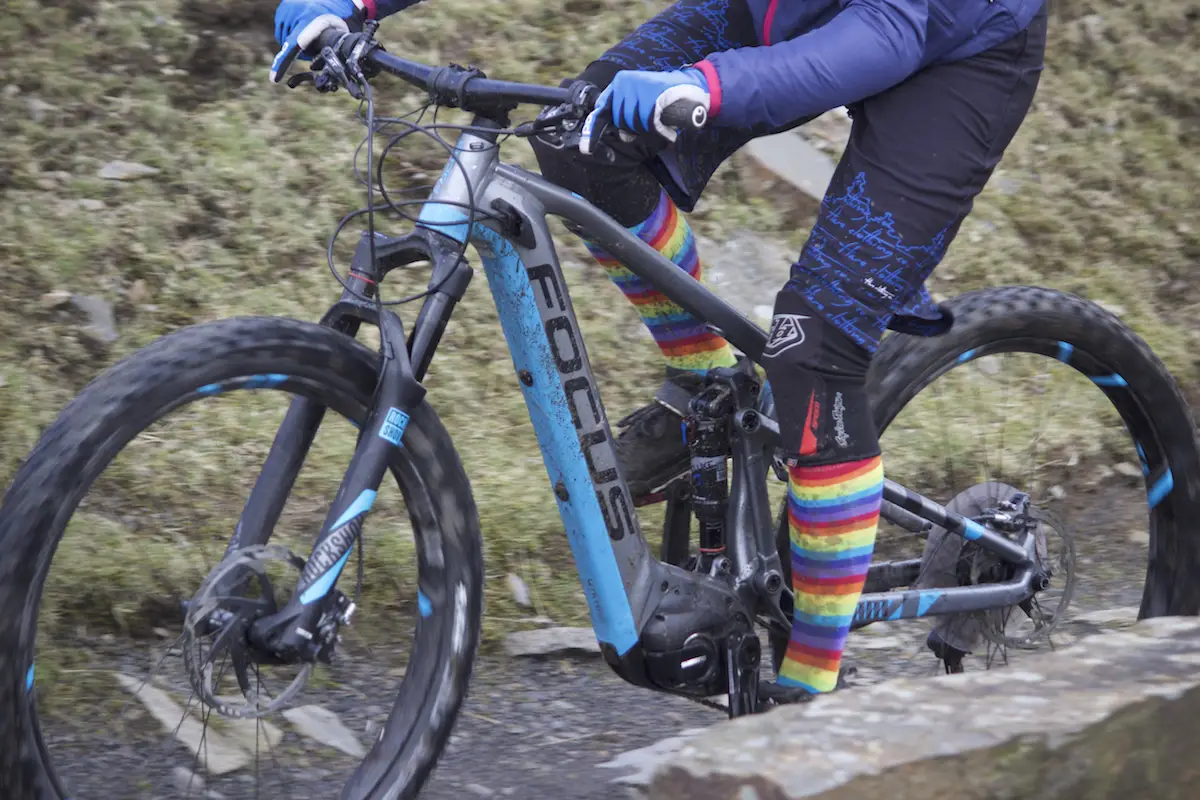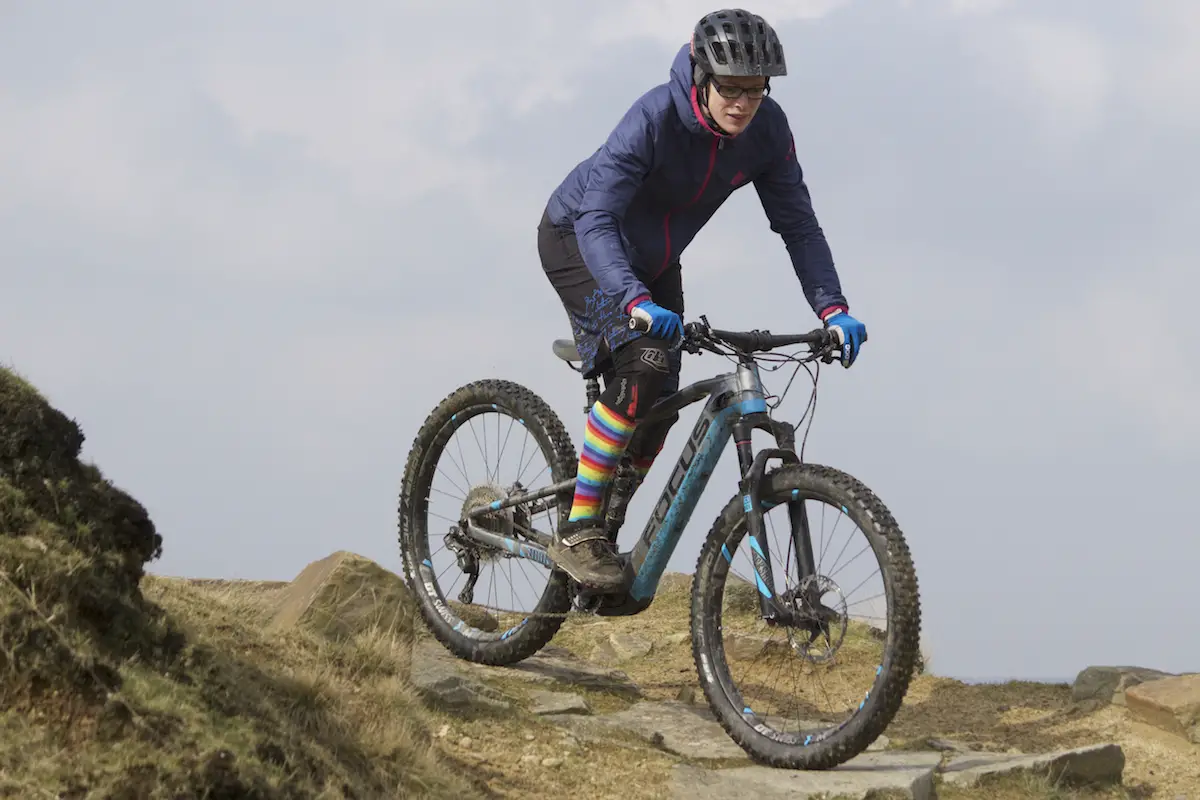The International [American*] Mountain Bike Association (IMBA) has updated their 2015 position statement on ebikes, adding a more nuanced definition and becoming more amenable to ebike use on singletrack bicycle trails. Interestingly, while they previously stated in 2015 that the European Union was ahead of everything else in terms of defining and regulating ebikes, IMBA’s own new “Class 1” ebike definition allows more powerful eBikes than EU law.
You can read their original statement from 2015 here, and their updated policy plus an FAQ here. Their complete body of up to date policy and research is here, and crucially includes this study comparing the trail impacts of mountain bikes, ebikes and motocross bikes (summary: they found a very minor difference between ebikes and mountain bikes, but neither is anywhere near as bad for trails as motorbikes. The writers also conclude that ebikes might do more damage under certain trail conditions, and cautiously state this requires further study).

IMBA define class 1 as: “A “class 1 electric bicycle,” or “low-speed pedal-assisted electric bicycle,” is a bicycle equipped with a motor that provides assistance only when the rider is pedaling, and that ceases to provide assistance when the bicycle reaches the speed of 20 miles per hour”. Class 2 is defined as having a throttle and a speed cutoff at 20mph, and class three pedal assisted up to 28mph. In the EU, the pedal assist on road legal ebikes cuts out at 15mph.
One crucial point of IMBA’s position is that access for ebikes seems to be more locally controlled in the USA. Unlike the UK where rights of way cross a great deal of public and private land, and related access laws can apply to every bit of a nation within the Union, in America trail access seems to be controlled much more by local authorities and landowners.

As ever, commenters all over the internet are divided, with a few arguing this IMBA change of position a slippery slope leading to motorbike access, that ebikes are easily hacked to deregulate speed limiters, and pointing to their local trail associations drawing away from IMBA over this, and others asking what the problem is with eBikes at all: i.e. if it’s simply higher torque doing damage to trail surfaces (rather than a throttle spinning that back wheel against the trail surface), does that mean high level athletes on non-eBikes do more trail damage than average riders?
The debate over access and ebikes is obviously still a long way from complete resolution, but this change to IMBA’s policy is an important data point.

* Apologies for any office caused to IMBA and its members or advocates by that strikethrough, but the vast majority of IMBA’s work seems to be in the US and centred on US access debates and regulation. While that can be informative and the research linked above is useful and valuable to all mountain bike advocates, a lot of IMBA’s work isn’t directly applicable to the UK, and in light of this the name “International Mountain Bike Association” lacks clarity for a significant proportion of our readers. That’s especially so when the UK already has national advocacy groups such as OpenMTB, and many local trail maintenance groups like SingletrAction.





